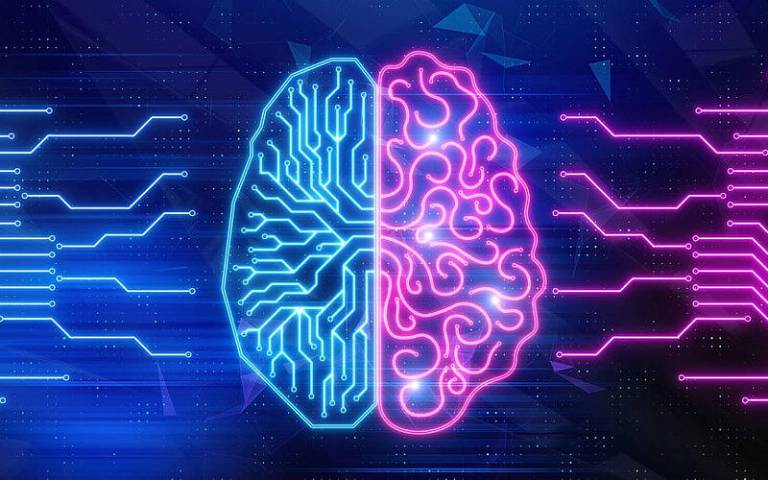UCL NeuroAI Talk Series | Professor Michael Milford
15 September 2021, 12:00 pm–1:00 pm

Event Information
Open to
- All
Availability
- Yes
Organiser
-
Sabrina Moxom – SLMS Research Coordination Office
About the event
NeuroAI is a series of themed talks organised by the UCL NeuroAI community. This month's speaker is Professor Michael Milford (Queensland University of Technology).
Title: Spatial and Perceptual Neuroscience Questions a Roboticist Would Love to Have Answered
Brief abstract: I’ll give a brief overview of nearly two decades of our navigation, mapping and positioning research spanning robotics, computational neuroscience, machine learning and computer vision, and touch on the current capabilities and limitations of robotic systems. I’ll then use this foundation to go through a number of existing topics in spatial and perceptual neuroscience I, as a roboticist, would love to have neuroscientists and others shed more light on, and why they may help transform robotics and even lead to further insights for neuroscientists.
All other upcoming talks can be found here.
About NeuroAI
The last decade has seen phenomenal advances in the field of machine learning (AI) (e.g. deep learning, reinforcement learning). Such is the change that no area of science can afford to ignore it, least of all neuroscience.
Crucially, AI shares a common lineage with neuroscience, and provides a means to emulate neural functions and the circuits supporting them, delivering a normative understanding of the brain and cognition (e.g. Banino et al., 2018; Stringer et al. 2019; Dabney et al., 2020).
Equally AI tools provide a means to discover, segment, and track distinct neural and behavioural states (e.g. Mathis et al., 2018; Frey et al., 2019) - yielding more efficient experiments and accelerating the pace of discovery. In turn, this understanding feeds back into the design of more effective AI architectures and models (e.g. Sabour et al., 2017; Stringer et al, 2019, Dabney et al., 2020).
Essentially, AI problems posed in neuroscience both require and inspire further advances in AI.
About the Speaker
Professor Michael Milford
Professor, Electrical Engineering and Robotics (EER) School, Faculty of Engineering at Queensland University of Technology
I conduct interdisciplinary research at the boundary between robotics, neuroscience and computer vision and am a multi-award winning educational entrepreneur. My research models the neural mechanisms in the brain underlying tasks like navigation and perception to develop new technologies in challenging application domains such as all-weather, anytime positioning for autonomous vehicles. Amongst a range of ongoing projects, from 2022 – 2027 I will be leading a large research team as part of an Australian Research Council Laureate Fellowship, attempting to combine bio-inspired and computer science-based approaches to provide a ubiquitous alternative to GPS that does not rely on satellites. I am also passionate about engaging and educating all sectors of society around new opportunities and impacts from technology including robotics, autonomous vehicles and artificial intelligence. I currently hold the positions of Australian Research Council Laureate Fellow, Joint Director of the QUT Centre for Robotics, QUT Professor, Microsoft Research Faculty Fellow and am a former Chief Investigator at the Australian Centre for Robotic Vision.
 Close
Close

